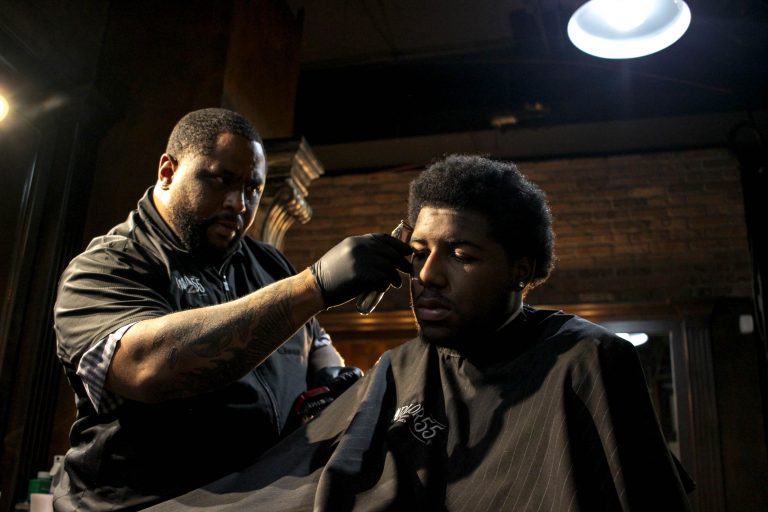Impactful communication plays a crucial role in improving men's barbershop encounters. Barbershops are not just locations for hairstyles; they function as cultural hubs where men can connect, exchange stories, and develop relationships. When barbers communicate clearly with their patrons, it creates an setting of trust and comfort. This connection allows customers to articulate their preferences and concerns clearly, leading to better service. The importance of good communication cannot be ignored, as it directly impacts customer satisfaction and loyalty.
A key essential elements of effective communication in barbershops is active listening. Stylists must give full attention to what customers express about their desired looks or any issues they may have with their hairstyle. By sincerely listening, barbers can raise clarifying inquiries that confirm patron preferences. This not only helps in delivering the intended result but also demonstrates patrons that their feedback are valued. When patrons feel acknowledged, they are more likely to come back to the same barber, building enduring relationships and repeat business.

Another important component is straightforward verbal communication. Stylists should use simple words to explain the services they provide, including various looks and click for more care options. If a client is uncertain about what they prefer, professionals can give suggestions based on their expertise while making sure that the customer feels included in the choice journey. This kind of exchange works to eliminate misunderstandings and establishes realistic expectations for the outcome of the style. As a consequence, customers exit the barbershop happy with their service.
Non-verbal expression is also significant in a barbershop setting. Body language, facial expressions, and even speech tone contribute to how messages are received. A warm grin or an relaxed stance can help a customer be more comfortable during their appointment. Moreover, keeping direct gaze shows regard and focus, strengthening the bond between stylist and customer. When stylists show encouraging unspoken signals, it enhances the overall atmosphere of the shop, making it a welcoming space for all visitors.
Finally, input plays an important role in effective communication at barbershops. After delivering a session, professionals should prompt patrons to offer their opinions on weblink the style or treatment given. This feedback loop allows barbers to enhance their techniques and adapt their methods based on customer preferences. By actively seeking opinions, professionals prove that they respect their clients’ views and are dedicated to continuous improvement. Over time, creating an culture of open communication creates elevated visits for customers and contributes to the success of the grooming business as a complete unit.